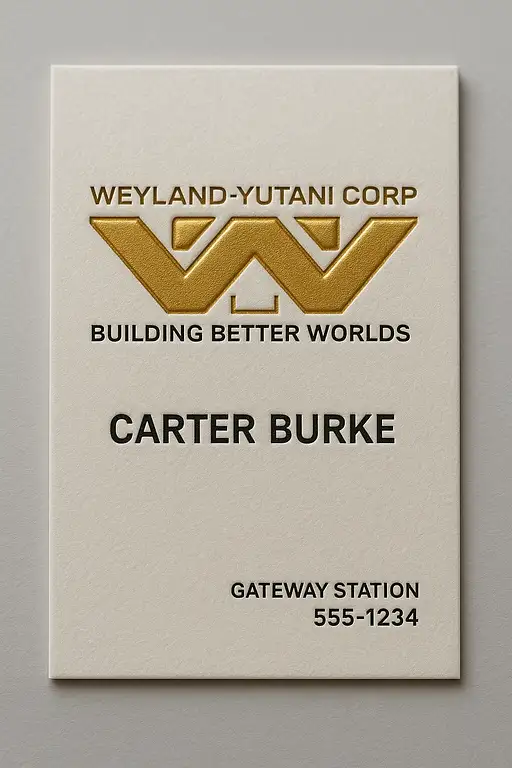
2 months ago
### Ultra-Realistic Digital Portrait of Alexis Thérèse Petit Image Type: A highly detailed, photorealistic digital portrait with precise historical accuracy, replicating the appearance of early photographic techniques. Overall Photographic Style: Classic, dignified historical portrait reminiscent of early 19th-century studio photography. Maintains natural realism with attention to authentic textures and tonal balance. Lighting: Soft and even, emulating traditional studio lighting from the 19th century. The primary light source is slightly off-center (upper left), creating subtle yet well-defined shadows that enhance facial contours without harshness. Depth of Field: Shallow depth of field ensuring the subject remains in crisp focus, while the background is softly blurred for a professional, clean composition. Color Palette: Black-and-white with well-balanced tonal contrast to ensure accurate grayscale representation, mirroring the characteristics of early photography. --- ### Subject Details (Alexis Thérèse Petit) Gender & Age: European male in his late 30s to early 40s, with a distinguished scholarly presence. Complexion: Fair skin, exhibiting smooth and naturally aged texture with subtle historical realism. Hair: Dark brown or black hair, neatly combed back from the forehead with a gentle wave. Slight volume on top and sides, exposing the ears clearly. Facial Hair: A refined goatee-style beard covering the chin and extending slightly along the jawline, complemented by a well-groomed mustache. The beard is dark, dense, and neatly shaped. Eyes: Deep-set, dark brown eyes with an intelligent, contemplative expression. The gaze is direct yet carries an academic seriousness. Eyebrows: Well-defined, moderately thick and naturally arched, matching hair color. Nose: Proportionate, slightly elongated with a defined bridge and soft tip. Mouth & Lips: Neutral expression with subtly closed lips, reflecting intellectual depth. Jaw & Chin: A strong jawline with a slightly fuller lower face, softening into a rounded, natural shape. Facial Structure: Fuller cheeks with slight roundness, enhancing the overall balance of facial proportions in historical accuracy. Accessories: Thin, round wire-rimmed glasses appropriate for the early 19th century, resting naturally on his face. --- ### Clothing Details Outerwear: A dark formal coat (deep charcoal gray, black, or dark navy) with substantial texture. The coat is well-tailored, reflecting early 19th-century academic attire. Inner Garments: A high, stiff white collar framing the neck, with a neatly tied cravat or structured formal shirt beneath. --- ### Background & Composition Background: Simple, slightly textured dark backdrop, emulating classic studio settings with a smooth gradient effect. Composition: Traditional bust portrait, well-centered, ensuring clear visibility of facial features and upper torso. --- ### Technical & Artistic Qualities Resolution: Ultra-high resolution (8K or maximum available), capturing exceptional detail in facial features, hair, and clothing textures. Details: Precision in rendering skin pores, subtle aging lines, individual hair strands, and fabric textures with extreme photorealism. Color Grading: Grayscale grading optimized for accurate representation of historical photography, ensuring deep tonal contrast and smooth transitions. Realism: Meticulously crafted to achieve extreme photorealism, replicating a professionally captured vintage portrait. Consistency: Optimized phrasing to ensure compatibility across various AI image generation models, allowing reliable reproduction of historical accuracy. ---



